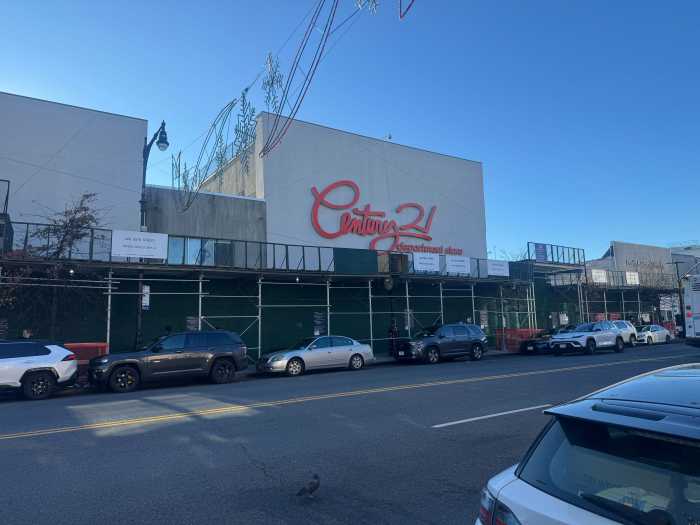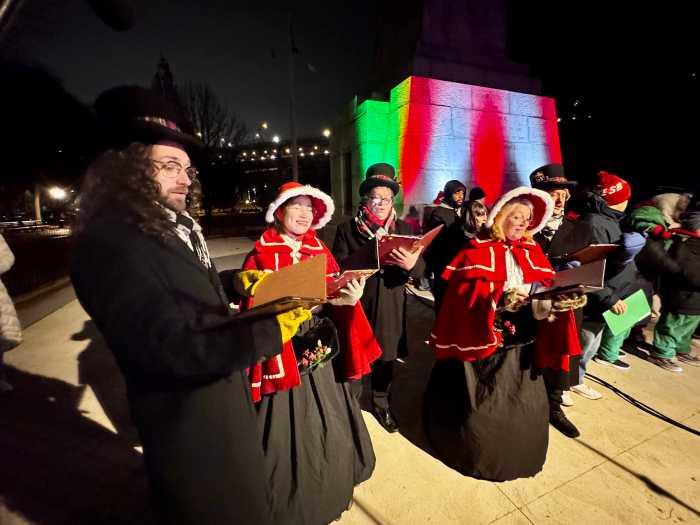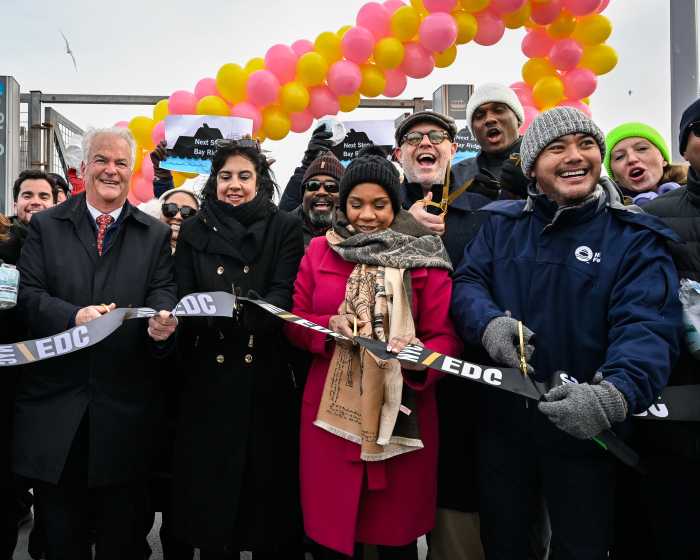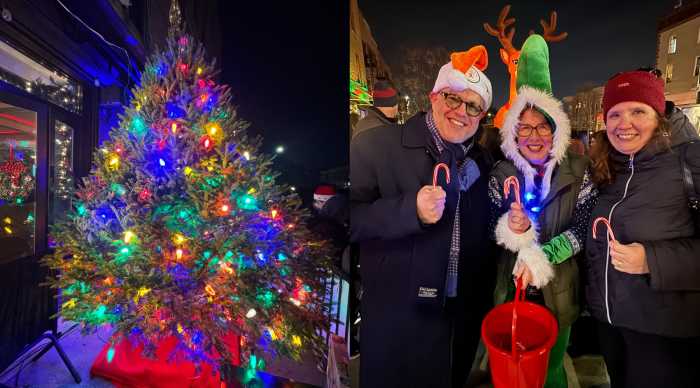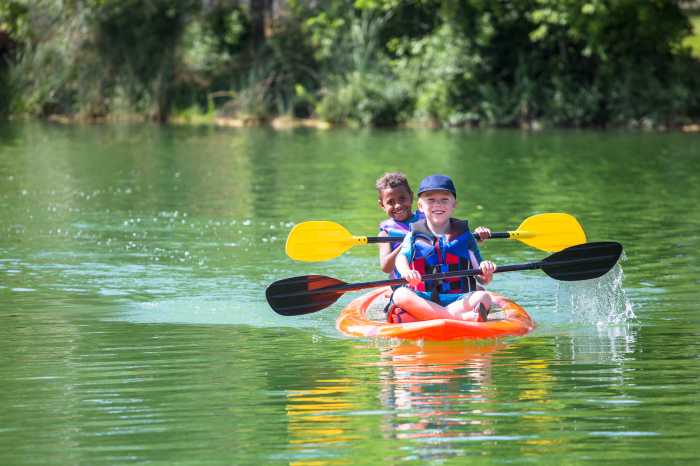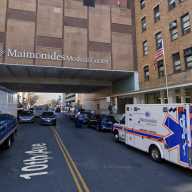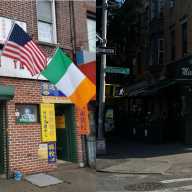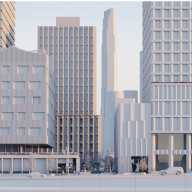At long last, the Metropolitan Transportation Authority is seriously considering adding a bike path to the Verrazano-Narrows Bridge — seriously.
Transit advocates have been clamoring for a car-less crossing practically since the bridge opened in 1964, and now the authority is committing $2.7 million to study the notion, officials said.
The transit agency is drawing up a master plan to spend $1.5 billion on repairs and improvements to the vehicular viaduct over the next 25 years, so while workers are under the proverbial hood, the authority decided to see where it could add value for the pedal-pushing set, according to a spokesman.
“With all this work that we have to do to make sure that it’s strong for another 50 years, this is as good a time as any to look at what are our priorities and what are our needs over the next couple decades,” said authority spokesman Adam Lisberg. “Looking at the possibility of a shared-use path is an obvious thing to include if you’re looking at the long-term.”
Officials are considering separate bike and pedestrian lanes on the outside of the bridge, according to Bernard Kalus of engineering firm Parsons Brinckerhoff.
New lanes would add considerable weight to the nearly-mile-long span of the suspension bridge, so contractors plan to reduce the span’s load by 12,000 tons first by replacing lower-deck concrete with stronger, lighter steel, Kalus said. Those improvements will likely happen whether or not the bike path materializes, because the authority hasn’t replaced the deck since it opened in 1969, Lisberg said.
Getting cyclists onto the path is another challenge, because the bridge’s lower deck is a little more than 12 stories above grade in Bay Ridge. Planners envision a bicycle ramp from Shore Road Park winding through John Paul Jones Park and up to the span. Pedestrians might access the bridge via a series of “switchback ramps” — similar to an apartment staircase without the steps — in Fort Hamilton, Kalus said.
But the authority would need the Parks Department and federal government to sign off on the ramps because they own the land, he said.
Joggers and cyclists can currently only mount the bridge twice a year, during the New York City Marathon and the Five-Borough Bike Tour respectively.
An ongoing pilot program allowing straphangers to bus their bikes over the bridge will help officials determine whether demand for a dedicated bicycle and walking path meets the project’s anticipated price tag of $300 million to $400 million, Lisberg said.
Bike-boosters say the study is a great first step, but they question the price tag. A 1997 Department of City planning study found a plan similar to the Metropolitan Transportation Authority’s would cost just $26.5 million — about $50 million today with inflation, a transportation advocate said.
“We haven’t seen their analysis so we don’t know what their assumptions are,” said Paul Steely White, director of Transportation Alternatives. “We would love to get another set of eyes on that because $50 million is a far cry from $300 million.”
The authority expects the bike-path study will be completed in 2017, according to a spokeswoman.




